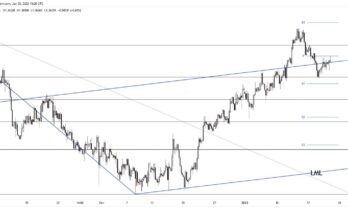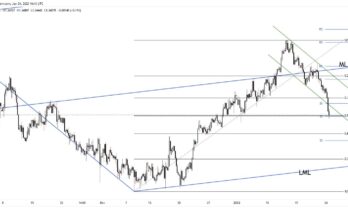US stocks clawed back their opening losses into the NY close on the back of comments from Fed vice chair Fisher, who suggested that the Fed does not have a pre-determined path for rates. The comment also weighed on the dollar into the close. It was no great surprise to see the RBA keeping rate steady, but the Aussie did nudge lower as the statement left open the door for further easing ahead, should inflation developments allow. The RBA is focused on the recent improvement in the labour market, whilst keeping a close eye on the volatility in global markets. The Reserve Bank of India also kept rates on hold as expected, with the rupee trading weaker overnight. The long road to the next US President started overnight, but it’s far too early in the process for markets to get excited.
The other interesting price action overnight was on the yen, where the currency gradually strengthened as stocks remained in negative territory. Naturally, there is a reluctance to go long the yen after the events of last week, but in the bigger picture, whilst the move wrong-footed the markets, the actual impact of a negative interest rate on the economy and inflation is likely to be pretty minimal. The structural forces that have been working to strengthen the yen could well gradually come to the fore again over the coming weeks and months. The initial focus today will be with the labour market data in Germany, where the rate is seen steady at 6.3%. Thereafter, the bigger focus is the degree to which markets are going to return to the trends seen earlier in the year (e.g. weakness in oil, strength in ye, weakness in commodity currencies and sterling). The oil price was reversing through yesterday’s session, with few signs that OPEC output is going to be curtailed to support the price.
Further reading:
GBP/USD: Trading the British Services PMI
EUR/USD: Opposing Forces: Where To Target? – BTMU



